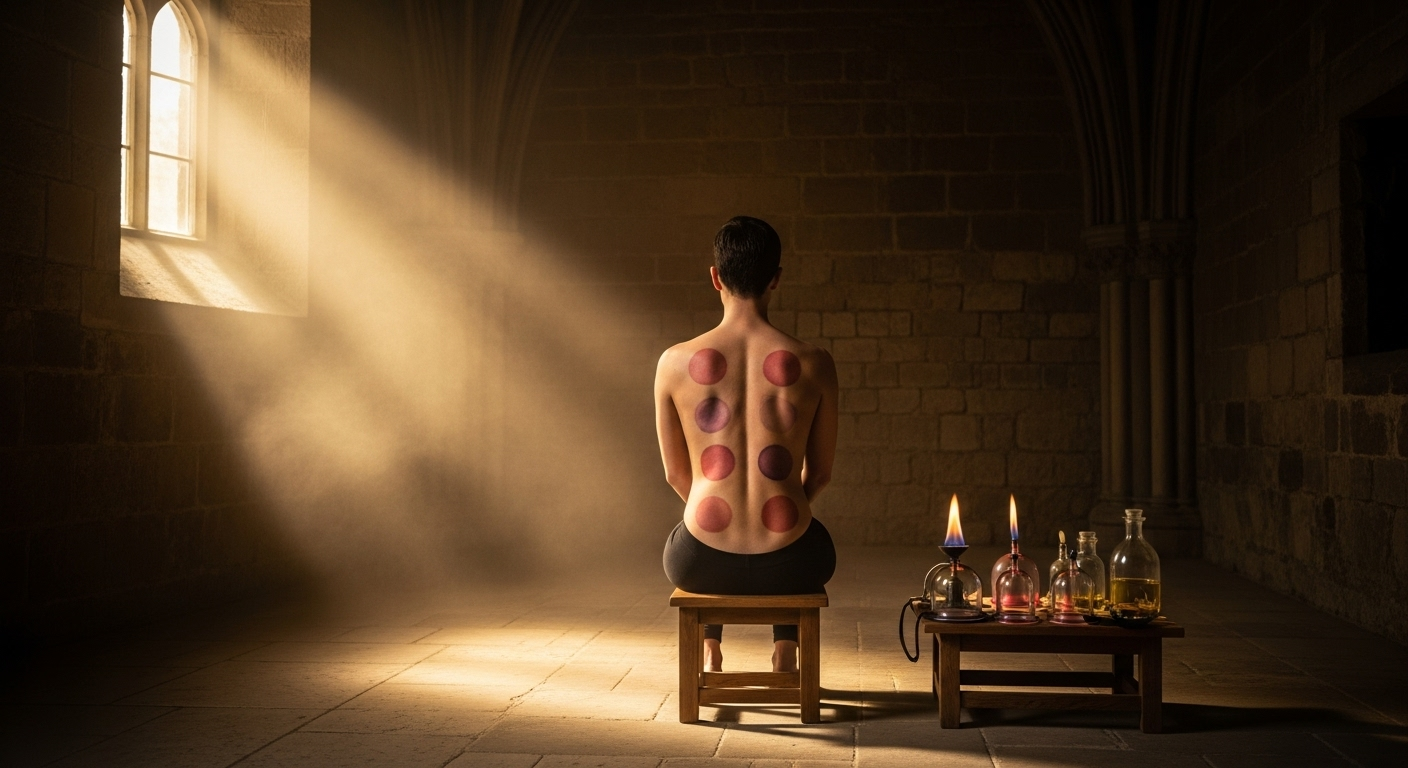Rediscovering Ancient Healing: The Remarkable Health Benefits of Cupping Therapy
Imagine laying down on a table, feeling the gentle warmth of a flame near your skin, and then the soothing suction as a therapist places a small cup on your back. This is the experience of cupping therapy, an ancient healing practice that has recently been garnering attention in the wellness community. But does this traditional method hold up to modern scientific scrutiny? Let's find out.

The History and Science of Cupping Therapy
Cupping therapy is a treatment method that dates back to ancient Egypt, China, and the Middle East. The technique involves placing cups on the skin to create suction, which is believed to improve blood flow, alleviate pain, and promote healing. While the method has evolved over time, its core principles remain the same.
Modern scientific research on cupping therapy is still in its early stages. However, preliminary studies suggest it may be effective for a variety of health conditions. A systematic review published in the journal PLOS ONE found that cupping therapy may have potential benefits for chronic pain conditions, herpes zoster, and other specific conditions.
Cupping Therapy in the Modern Health Landscape
As more people seek out alternative and complementary health practices, cupping therapy has found its place in the modern health landscape. Many professional athletes and celebrities have started to use cupping therapy, bringing more attention to this ancient practice.
It’s important to note that while cupping therapy might have potential health benefits, it’s not a cure-all solution. The method should be used as part of a comprehensive health strategy, and not as a replacement for conventional medical treatment.
The Pros and Cons of Cupping Therapy
Like any health practice, cupping therapy comes with its advantages and disadvantages. On the plus side, it’s a non-invasive technique that can be used alongside other treatments. Some people also find the process relaxing and therapeutic.
On the downside, cupping therapy can cause temporary skin discoloration and, in rare cases, minor burns or infections. It’s crucial to seek treatment from a trained practitioner to minimize these risks.
Cupping Therapy: Separating Fact from Fiction
Despite its rising popularity, there are still many misconceptions about cupping therapy. Some people believe it can resolve any health issue, while others dismiss it as a pseudo-scientific fad. The truth likely lies somewhere in between. While cupping therapy may not be a miracle cure, it can be a useful addition to a holistic health plan when used responsibly and under the guidance of a trained professional.
A Glimpse into the World of Cupping Therapy
-
The types of cupping therapy vary, including dry cupping (suction-only) and wet cupping (combination of suction and controlled medicinal bleeding).
-
Depending on the technique and the practitioner’s experience, cupping therapy can be a gentle or more intense experience.
-
While some people might notice immediate benefits from cupping therapy, others find that it takes several sessions to see a noticeable impact.
-
Cupping therapy can leave temporary marks on the skin, which are often mistaken for bruises but are actually the result of broken capillaries under the skin.
In conclusion, cupping therapy is an intriguing blend of ancient wisdom and modern wellness trends. While more scientific research is needed, early studies point to potential health benefits, particularly for pain management and relaxation. Whether you are a wellness enthusiast looking to broaden your healing repertoire or a skeptic interested in the facts, cupping therapy offers a unique perspective on health and well-being.





